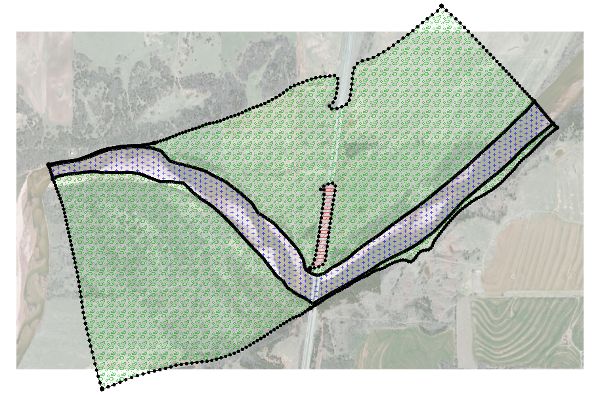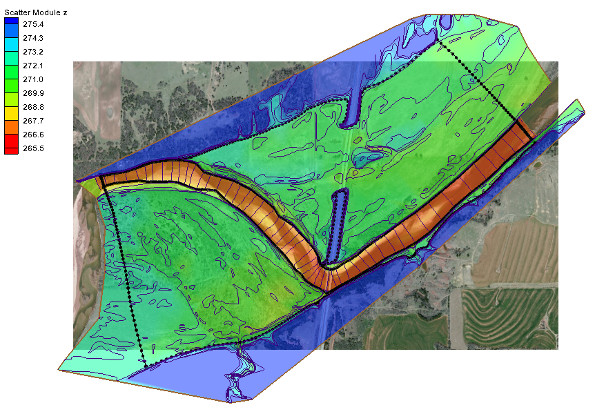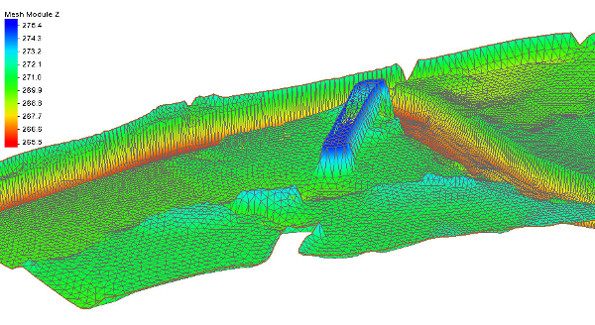3 Great Features in SMS 12.3 Beta
By aquaveo on February 14, 2018Every new version of software comes with many new features and updates. The release of SMS 12.3 Beta is no different, with scores of updates and tweaks to make the user experience better. Most of these changes are behind the scenes, but we’d like to highlight three features which will prove very useful to our users.
1. Generating an observation arc plot
Right-clicking on an arc in an observation coverage now has the option to directly generate an observation profile plot from the selected arc. This allows you to see the elevations for the stream at that location. It is also faster than using the Plot Wizard. Simply use the Select Feature Arc tool to right-click on the specific arc and select Show Observation Plot.
2. Transparency options for filled polygons in the Map module
A transparency can now be set for filled polygons in the Map module. This means that materials coverages and other filled polygons can be better aligned with other coverages and GIS data such as background maps. Open the Display Options dialog, select "Map" from the list on the left, and turn on Fill in the Polygon section to access the Transparency slider.

3. Setting the Default Contour Range options
Some models include spin up or ramp times during which the numerical results are not within a typical range. This option provides a method for instructing SMS to skip these atypical or unreasonable values from impacting the default ranges of the contours computed.
Select Edit | Preferences… to bring up the Preferences dialog, then click Default Range Options in the Transient Contours section of the General tab to bring up the Default Transient Contour Range dialog. The dialog allows the first n time steps or hours to be skipped when creating the contour range, or to use the current time step.
Try out these features today by downloading the SMS 12.3 Beta.








